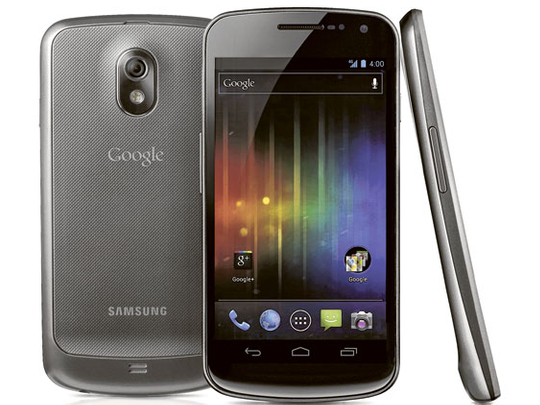
It has been three years since Google (by means of HTC) launched the first Android phone — the G1. There has been a torrent of Android-powered phones since, and we've seen the operating system make tremendous strides too.
In line with Google's releases of pure-play Android phones, the Galaxy Nexus has hit the market — succeeding the Nexus S and the older Nexus One. This is also the first phone on the market to ship with Android 4.0 — Ice Cream Sandwich (ICS), which features a complete interface re-haul.
On the front, the it is not too different-looking from the Nexus S, which is not really a surprise, considering both are manufactured by Samsung. There's not much around the phone either — on the left is a volume rocker, the right features the power button and the bottom has the micro USB port and 3.5mm headphone jack.
While bigger in size than its predecessor, the Galaxy Nexus is only a few grams heavier (135 grams), and slimmer (9.47 millimetres). It boasts high-end specs with a 1.2GHz processor and a 1GB RAM. However, the highlight is a 4.65-inch screen with a resolution of 1280x720 — one that has not been seen on smartphones before. The difference is considerably noticeable, with everything appearing sharper.
The phone has a 5-megapixel camera, which is rather disappointing considering Samsung's Galaxy SII has an 8-megapixel camera. The results are average, with photos lacking the density of a higher-resolution sensor and colours a little washed-out. However, the camera will do just fine for everyday shots and the speedy operation of the camera — in terms of zero shutter lag — is useful.
It also supports shooting full-HD video at 1080p, which is a welcome addition. The one standout feature on the phone is the arrival of Android 4.0 ICS. It also features a long list of revisions, including virtual buttons (in place of capacitive or physical buttons), mobile data management, Face Unlock, built-in photo editor, an improved browser and an improved camera app. The launch of Android 4.0, however, deserves a review of its own.
The performance of the Galaxy Nexus has been the best so far on an Android phone. Part of this may be because of the improvements in Android 4.0 and partly because of the speedy internals. The end result is a highly responsive device.
Despite a few shortcomings — an average camera and low sound on the speaker — the Galaxy Nexus is a brilliant device. While some may find the larger size unsettling, I believe the big screen is necessary for the experience the device promises; of course, the slim-form factor of the device helps it redeem itself. There isn't a doubt that this is the best Android smartphone on the market. A lot of this can be attributed to the inclusion of Android 4.0, which has improved the smartphone experience tremendously as compared to previous versions of the operating system.
Bhavishya Kanjhan is a digital marketing professional and an early adopter of all things digital. Follow his tweets on @bhavishya










